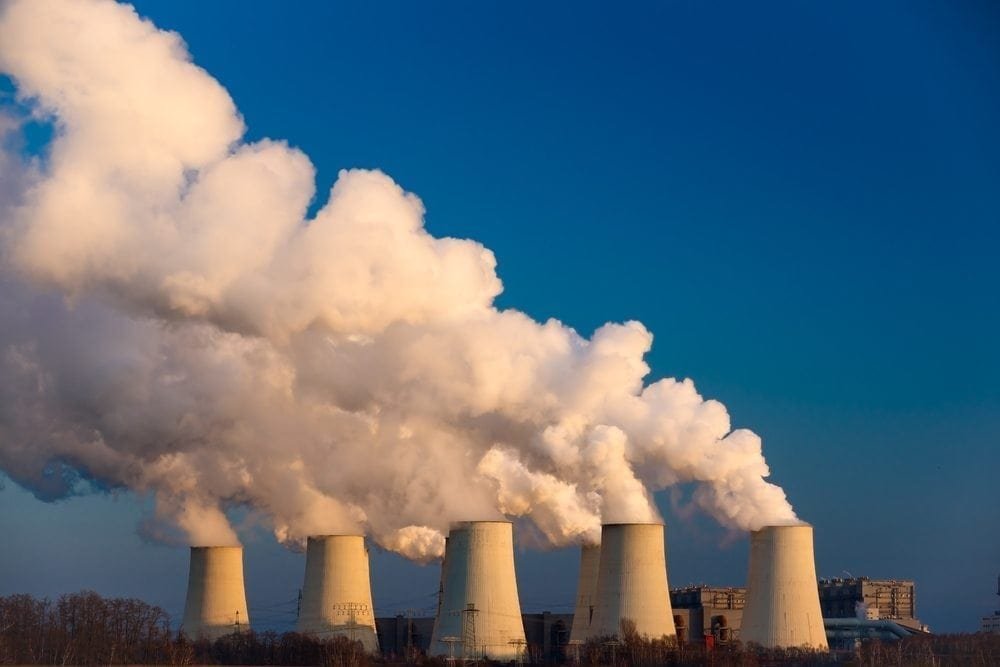Achieving success
The COP21 Calculator illustrates the need for governments in Paris to take sharp action to ramp up emission reduction commitments and to sustain the effort over the decades to come.
‘The COP21 Calculator clearly highlights that we can meet our 2 degrees target while maintaining good lifestyles and a prosperous economy – but to be successful the world needs to act now and transform the technologies, knowledge base and fuels we use and make smarter use of our land.
‘INDC declarations ahead of COP21 in Paris are an important first step along the wider review path. We hope that clarity of the task ahead will enable negotiators at COP21 to ensure a firm process is put in place to increase the ambition of country pledges beyond 2020.’
Dr Jeremy Woods, Programme Lead for Climate-KIC UK at Imperial College
Our carbon budget
On our current track, the world is heading towards total (cumulative) emissions of around 6,700 billion tonnes of CO2 (GtCO2e) by 2100 (since 1870).
By 2030, in the absence of the INDCs, the world would have emitted 3,745 GtCO2e since 1870, whilst with the INDCs the calculator team estimates that the world will emit 3,645 GtCO2e.
In order to be on a safe pathway heading for the 2°C target, cumulative emissions need to have been below 3,550 GtCO2e by 2030 and below 4,600 billion tonnes of CO2 by 2100.
This leaves a carbon budget of less than 1,000 billion tonnes of CO2e that could be emitted post-2030 up to the end of the century whilst staying within the 2°C budget.
Global tracking
The climate calculator allows users to track and project GHG emissions from China, the US, the EU, India, Russia, Brazil, Japan, Canada, Australia and the rest of the world (RoW) over the period 1870 to 2100.
China, US, EU, India, Russia, Brazil, Japan, Canada are the world’s highest GHG emitters. Together with Australia, they accounted for two-thirds of global GHG emissions in 2010.
Click here to find out more about the COP21 Calculator.
 Play Video about This Rock Might Just Save The World
Play Video about This Rock Might Just Save The World Play Video about Play 2 hours of rock
Play Video about Play 2 hours of rock Play Video about Play 2 hours of brook
Play Video about Play 2 hours of brook Play Video about Play 2 hours of sheep
Play Video about Play 2 hours of sheep











































